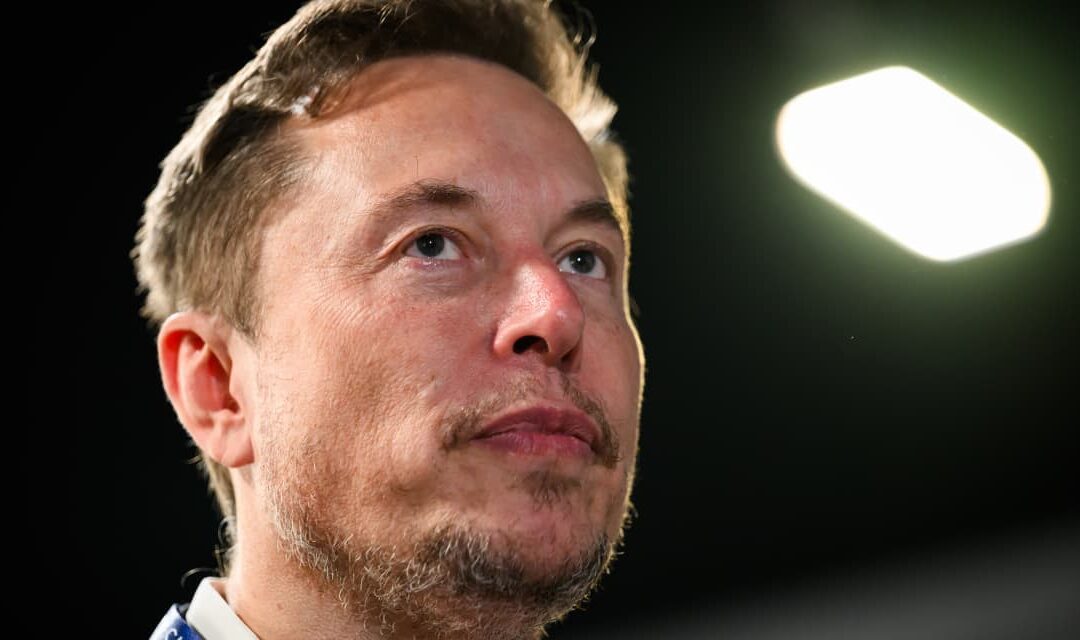SpaceX marked a milestone for its reusable rocket technology in the early hours of Saturday when the company launched 23 Starlink satellites into low earth orbit from Cape Canaveral Space Force Station in Florida.
The satellites launched from into cloudy skies atop a SpaceX Falcon 9 rocket, briefly lighting up the night sky along a section of the Florida coast.
Shortly after launch, the rocket’s first stage booster landed on a droneship floating in the Atlantic Ocean, marking the 19th launch and landing of the booster, a first for the company. Elon Musk’s SpaceX has pioneered reusable rocket technology in an attempt to lower costs and revolutionize the space industry.
Related: These are the space stocks to keep an eye on in 2024
The first stage booster had previously been used in 13 Starlink launches, as well as in the Crew Demo-2, ANASIS-11, CRS-21, Transporter-1, and Transporter-3 missions, according to SpaceX.
SpaceX confirmed the deployment of the 23 Starlink satellites at 1:38 a.m. ET.
IPO spinoff talk has recently spun around Starlink, the SpaceX-owned satellite internet constellation, although CEO Musk apparently nixed the possibility that the private space company will spin off Starlink next year. Earlier this week Justus Parmar, CEO of Fortuna Investments, a venture-capital and advisory company currently focused on space investments, told MarketWatch that he thinks a Starlink IPO is unlikely to happen.
Related: Space stocks climb as SpaceX caps eventful few days with Starlink satellite launch
In November Musk tweeted that Starlink has achieved breakeven cash flow, noting that it also accounts for a majority of all active satellites. The SpaceX chief added that Starlink will have launched a majority of all satellites cumulatively from Earth by next year.
Saturday’s launch was the latest in a busy year for SpaceX. The private space company has made more than 90 launches in 2023 and plans to make 12 launches a month in 2024.









